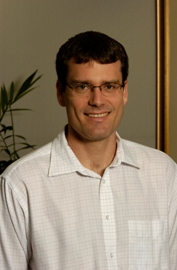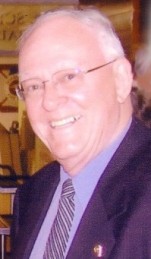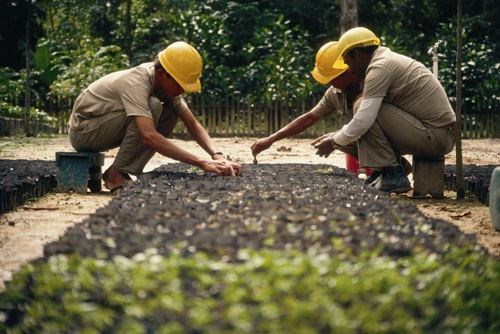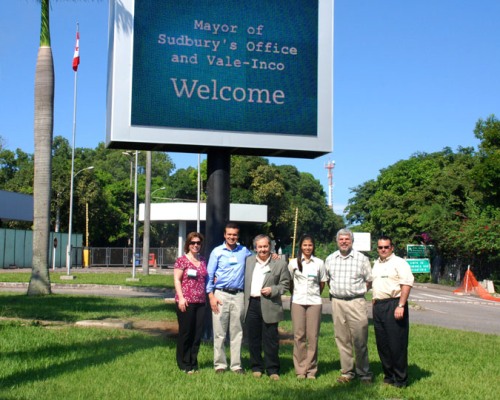 The International Council on Mining and Metals (ICMM) is a CEO-led industry group that addresses key priorities and emerging issues within the minerals sector. The following article came from the ICMM newsletter.
The International Council on Mining and Metals (ICMM) is a CEO-led industry group that addresses key priorities and emerging issues within the minerals sector. The following article came from the ICMM newsletter.
Planning for mine closure should be a core part of the business, involving local communities and other stakeholders. AngloGold Ashanti’s Paul Hollesen introduces a new ICMM guide on the topic and makes the case for a more integrated approach.
Paul Hollesen
ICMM’s soon-to-be published Planning for Integrated Mine Closure offers valuable guidance for a key challenge in the mining sector: closing a mine in a sustainable manner. After all, what happens at a site after it is closed is what ultimately defines its long-term environmental impact and a significant part of its contribution to an area’s social, economic and institutional development.
One catalyst for the new guide was the 2002 report of the Mining, Minerals and Sustainable Development Project. This noted that “the planning and development of any mining project needs to be aimed at creating durable benefits on a number of scales” and that the social and economic dimensions of closure planning frequently receive insufficient attention.
Further Improvement Required
In 2006 ICMM conducted a survey of the status of integrated mine closure planning within the industry. This study found numerous examples of leading practices but also a number of areas that required further improvement. It was clear that more consistent implementation of good practices is required throughout the mining sector and the guide is designed to support this goal.





























